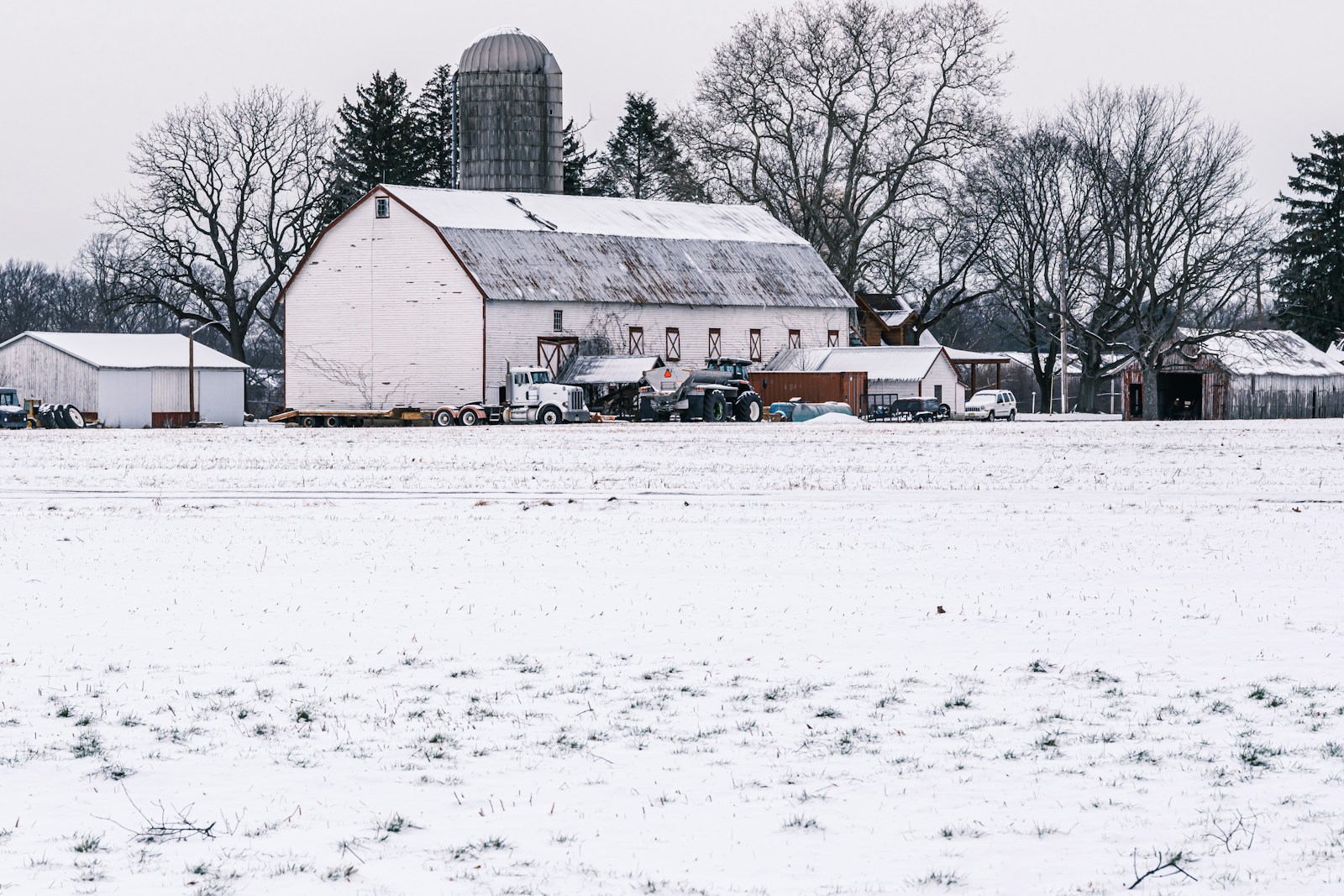The cold chain logistics industry is constantly evolving to meet the growing demands for efficient and reliable transportation and storage of frozen goods. Innovations in this sector are crucial for maintaining product quality, reducing waste, and improving overall operational efficiency. This article explores the latest innovations in cold chain logistics for frozen storage and their impact on the industry.
- Advanced Refrigeration Technologies
1.1 Energy-Efficient Refrigeration Systems
- Variable Speed Compressors: These compressors adjust the cooling capacity based on demand, reducing energy consumption and operating costs.
- Magnetic Refrigeration: An emerging technology that uses magnetic fields to achieve cooling, offering higher efficiency and lower environmental impact compared to traditional systems.
1.2 Phase Change Materials (PCMs)
- Enhanced Thermal Storage: PCMs absorb and release thermal energy during phase transitions, helping to maintain consistent temperatures in frozen storage units.
- Temperature Regulation: These materials can provide better temperature regulation, reducing fluctuations and ensuring the integrity of frozen products.
- IoT and Real-Time Monitoring
2.1 IoT-Enabled Sensors
- Continuous Monitoring: IoT sensors provide real-time data on temperature, humidity, and other critical parameters, ensuring optimal storage conditions.
- Predictive Analytics: Data collected from sensors can be analyzed to predict potential issues and prevent equipment failures before they occur.
2.2 Automated Alerts and Reporting
- Immediate Notifications: Automated systems can send instant alerts if temperature deviations are detected, allowing for quick corrective actions.
- Compliance and Traceability: Detailed logs and reports generated by monitoring systems help meet regulatory requirements and enhance traceability.
- Blockchain Technology
3.1 Enhanced Traceability
- Immutable Records: Blockchain provides a secure and immutable ledger for recording the entire journey of frozen goods, from production to delivery.
- Transparent Supply Chain: Increased transparency in the supply chain helps build trust among stakeholders and ensures the authenticity of products.
3.2 Improved Efficiency
- Smart Contracts: Automating transactions and agreements through smart contracts reduces paperwork and streamlines processes.
- Real-Time Data Sharing: Blockchain enables real-time data sharing among supply chain partners, improving coordination and decision-making.
- Automation and Robotics
4.1 Automated Storage and Retrieval Systems (AS/RS)
- Increased Efficiency: AS/RS can quickly and accurately handle frozen products, reducing labor costs and improving throughput.
- Space Optimization: These systems can maximize storage space by utilizing vertical space more effectively.
4.2 Robotics
- Precision Handling: Robots equipped with advanced sensors can handle frozen goods with high precision, reducing the risk of damage.
- 24/7 Operations: Robots can operate continuously, increasing productivity and reducing downtime.
- Sustainable Practices
5.1 Eco-Friendly Refrigerants
- Natural Refrigerants: The use of natural refrigerants such as ammonia and carbon dioxide reduces the environmental impact of refrigeration systems.
- Low Global Warming Potential (GWP) Refrigerants: These refrigerants have lower GWP, helping to mitigate climate change.
5.2 Renewable Energy Integration
- Solar and Wind Power: Integrating renewable energy sources into cold storage facilities reduces reliance on fossil fuels and lowers carbon footprints.
- Energy Storage Solutions: Advanced battery storage systems ensure a steady power supply, even during outages, maintaining optimal storage conditions.
- Improved Packaging Solutions
6.1 Insulated Packaging
- Enhanced Thermal Protection: Advanced insulated packaging materials help maintain the required temperature during transportation, reducing the risk of spoilage.
- Sustainable Materials: The use of biodegradable and recyclable materials in packaging reduces environmental impact.
6.2 Active Packaging
- Temperature Control: Active packaging technologies, such as self-heating or self-cooling containers, can regulate temperatures independently, ensuring product integrity.
- Extended Shelf Life: These packaging solutions can extend the shelf life of frozen products by providing consistent temperature control.
Innovations in cold chain logistics for frozen storage are driving significant improvements in efficiency, sustainability, and reliability. Advanced refrigeration technologies, IoT-enabled monitoring, blockchain for enhanced traceability, automation and robotics, sustainable practices, and improved packaging solutions are transforming the industry. These innovations ensure that frozen products are stored and transported under optimal conditions, reducing waste, enhancing product quality, and meeting the growing demands of consumers and businesses alike. As the industry continues to evolve, embracing these innovations will be crucial for maintaining a competitive edge and achieving long-term success.


 Dave McGowan has been a member of the WEL Family since May 1989. He is a husband and father of two children. Dave is also a U.S. Army veteran and served in Vietnam in 1971-1972, and he attended driving school soon after he was released from the military in 1974.
Dave McGowan has been a member of the WEL Family since May 1989. He is a husband and father of two children. Dave is also a U.S. Army veteran and served in Vietnam in 1971-1972, and he attended driving school soon after he was released from the military in 1974. During his career with WEL, Phil has worked as a driver, dispatcher, terminal manager and customer service manager. He says he always was a driver first, though non-driving jobs taught him financial management that helps him as an owner-operator.
During his career with WEL, Phil has worked as a driver, dispatcher, terminal manager and customer service manager. He says he always was a driver first, though non-driving jobs taught him financial management that helps him as an owner-operator.